The HTC 10 Review
by Joshua Ho on September 19, 2016 8:00 AM ESTFinal Words
It’s been a long road to get to this point. In order to try and take the HTC 10 as a whole then we can start by reviewing the details. At a high level, the HTC 10 is specced to take on the high-end Android market. As far as design goes, this represents HTC’s first major design shift since the One M7. I think it’s easy to write it off as a minor change but this device is now truly all metal and glass unlike the One M7, M8, and M9. Instead of plastic speaker grilles or plastic sidewalls like the previous designs, the front is just a sheer piece of glass with no logos or anything to really distract from the experience. The back cover is similarly almost all aluminum other than the antenna insulating lines and the RF window for GPS at the top of the phone. The logo on the back is painted on rather than a discrete, separate piece, and the FCC markings on this PVT are absent altogether in mass production units.
This design really in a lot of ways is HTC finally getting serious about the details as well. If you looked too closely at most of the phone the lack of ID detailing was apparent with SIM trays in random areas and poor color matching as well as buttons and other pieces scattered in a somewhat haphazard fashion. Things like the buttons are so much better than previous models with no take-up and a clean, crisp break with a hard stop. The top-mounted 3.5mm jack is not necessarily ideal for ergonomics but it’s still acceptable. The use of mostly-flat glass is appreciated as well, as those that like using screen protectors will be able to fully cover the display and capacitive buttons with a tempered glass protector unlike the Galaxy S7 or Note7. The move back to capacitive buttons also means much better ergonomics for typing. The One M8 and One M9 both had issues with this as the keyboard was just too high up on the phone to type comfortable with two thumbs, and the HTC 10 resolves this. If HTC makes another high-end device, I think they could afford to go another year before seriously changing the design of their phones again.
If there’s anything that really brings the HTC 10 down the most, it’s the display. While the calibration of the display is good enough and the use of a sunlight display mode means that I’ve never really struggled to see what I’m reading in direct sunlight, the HTC 10’s LCD panel has fairly low maximum brightness, contrast, and noticeable color shift with viewing angle changes. I suspect HTC may be constrained by their relative lack of economies of scale here which is contributing to the problem but for next year the display really needs to get better if possible. One interesting route if HTC intends to keep using LCD would be JDI’s “full active” displays which almost entirely eliminate the bezel requirement for the display driver, which would allow for something like a stereo front-facing speaker design with no “HTC bar” that has been associated with such designs in the past. AMOLED is another viable alternative here, but I’m not sure if HTC can get access to high quality AMOLED displays that would let them compete with other major OEMs.
As far as overall system performance goes, it’s not really a huge surprise to know that the HTC 10 mostly performs similarly to other Snapdragon 820 devices. The only notable slowdown here is the poor performance of the location provider in tests like Discomark and poor performance in the PCMark Video Playback test. These are long-standing issues at this point that persist across system updates so I suspect that solving such things may be more complicated than it really seems on the surface. Storage performance is also not necessarily as easy to call as it might seem despite the use of eMMC as the SLC/TLC hybrid architecture means that the HTC 10 has much faster storage in some scenarios relative to most UFS storage we’ve seen in devices this year. I suspect that by next year though it won’t really be possible to repeat this kind of relative performance and UFS or NVMe will be necessary to keep pace.
In battery life, the HTC 10 is actually fairly impressive when it comes to how well HTC can keep up with the competition. While the Galaxy S7 with Exynos 8890 is still going to last longer, for its size I don’t believe there’s another Snapdragon 820 device with better battery life. It doesn’t necessarily last as long as AMOLED at this point though unless you’re doing web browsing or similar scenarios with high APL. Throttling is also better-controlled than most devices I’ve seen with graceful degradation rather than sinusoidal behavior.
When it comes to the camera on the HTC 10, there are a lot of bright spots but also areas where it falls flat. For whatever reason the HTC 10 is just unusually slow to save images but focuses as fast as just about anything else with PDAF. For obvious reasons the Galaxy S7 and Note7 are still much faster at focusing, and Samsung has really optimized aggressively to get photo captures to be basically instant while the HTC 10 clearly has some latency in capture. On the other hand, the images produced by the HTC 10 on the whole are almost always better, and I would argue that video capture is usually better as well. There’s definitely room to improve here in the form of better optics, better encode settings, and faster capture, but the HTC 10’s camera is as good as, if not better than what you get in the Galaxy S7 and Note7.
High-end smartphones are increasingly differentiated by software and the HTC 10 is no different in that regard. HTC Sense is probably as good as it gets in the Android space if you have to pick an OEM UI though, as HTC has really focused on performance and removing redundancy in the shipping ROM. The HTC 10 with Sense is clearly smoother in most cases than something like the Note7 with TouchWiz, and in general what HTC apps are still around are well-designed to match with Android design guidelines so there aren’t any strange behaviors to learn around if you’re coming from a Nexus device. Third party apps don’t feel foreign either which is a nice bonus. It’s not all perfect though as there are still areas where HTC could stand to further optimize in areas like the weather application to try and get as close to 60 FPS as possible. The strange auto brightness and volume overlay behavior is also noteworthy, as is the lack of quick settings customization. Fixing these little niggles would get rid of pretty much all UI friction.
When it comes to WiFi, the HTC 10 is definitely disappointing. Received power is just not particularly competitive, and roaming latency is not very good. It’s strange that this is the case despite excellent cellular and GNSS reception, so I suspect there may be some interesting story behind the reason why this is happening. I suspect that these issues will go away as we continue to highlight them, but it’s concerning that it takes someone with the ability to use enterprise-grade test equipment in order to really discover these kinds of things.
When it comes to touch latency, to some extent HTC really is living up to their promises here. However, it seems that the claim is specific to drag latency where the HTC 10 is noticeably quicker to respond than something like the Note5 or the One M9. In general, the HTC 10 is one of the most performant Android devices I’ve used all year. It really feels like the Nexus 5 in a lot of respects when it comes to overall smoothness and responsiveness, which definitely wasn’t the case with the One M9.
In light of everything, the HTC 10 feels like it shows a lot of attention to detail and care that seems to be absent in a lot of devices that I’ve had to review in the past few years. There are definitely sore spots like the display and WiFi, but on the whole the great camera, audio, design, and software experience come together to make a great phone that has really aged quite well over the past few months. There’s been a lot of discussion about how the price is too much, but realistically it looks like the price is closer to 600 USD due to frequent discounts. Considering the direct competition in the price range, on the basis of the device itself I would argue that the price is about in line with expectation. Even now, with the iPhone 7 and Note7 available my experiences with the HTC 10 lead me to believe that it’s well worth buying still if you’re looking for a high-end Android device that can be used with one hand.



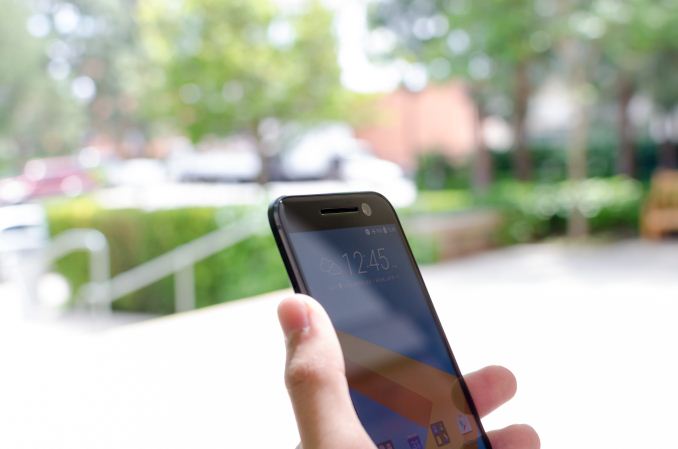
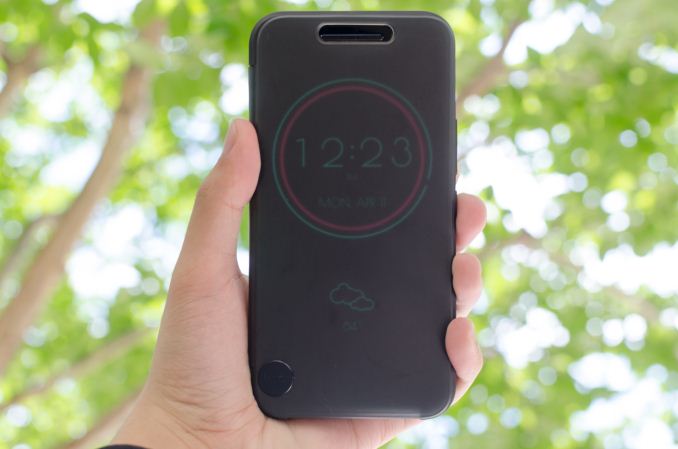
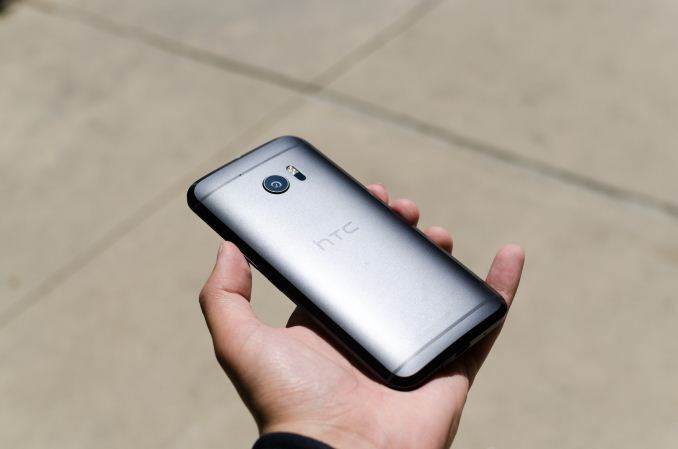
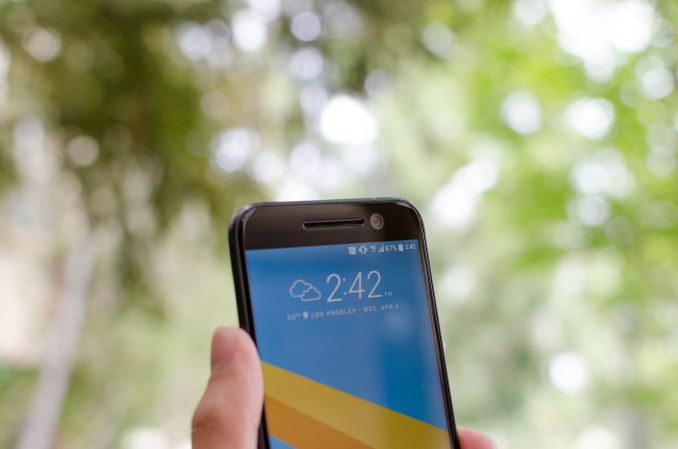
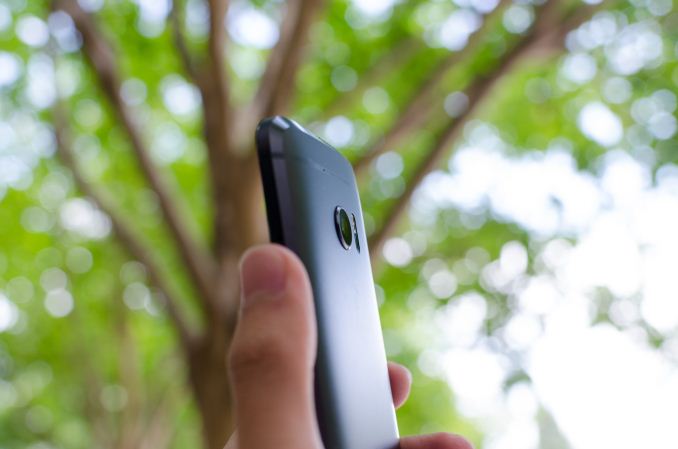









183 Comments
View All Comments
Samus - Monday, September 19, 2016 - link
The only worthwhile android device is a $100 android device like the Moto G Play or something. Why waste money on something that is going to lose all its value in a year to get virtually the same experience.I don't get the concept behind premium android devices. Just makes no sense. The most expensive one I've ever considered is perhaps the $300 OnePlus.
Murloc - Monday, September 19, 2016 - link
I guess taking decent pictures or playing 3D games.I don't do that, so I don't buy high end phones.
Murloc - Monday, September 19, 2016 - link
this isn't any different for iOS or WP devices btwphilehidiot - Tuesday, September 20, 2016 - link
I can absolutely see your point. But conversely my girlfriend bought a cheap Android phone and regretted it massively. Granted it was a crap one but she ended up using my 3 year old flagship device which still works brilliantly. The difference is that now she will use her phone for a lot more, including navigation (which destroyed the battery on the old device and couldn't keep up), youtube (useful for reference when doing something on the car or cooking and you don't have a laptop handy) as well as the much better camera. When previously she wouldn't have bothered using the smartphone camera she now does because a) it's not shite and b) the high quality screen means it's actually worth looking at and sharing photos on the phone. The other thing to remember is that the cameras on many a high end smartphone are approaching what you'd get in many compact cameras (albeit without optical zoom) according to Which? magazine here in the UK. Whilst this is debateable by photography nuts it does mean for the average Joe we get a decent enough camera in our pockets all the time. Not only does this mean you always have a decent camera but it means you don't have to buy one - the savings of which you can add to your device budget. You also have the added advantage of your photos being backed up to the cloud and so if your phone does get nicked then you still have the data. This is not something most stand alone cameras can do as they don't have a mobile data connection.I can see your point but when you have a high end phone and use it for a while it's unlikely you'll want to go back. Myself I go through two whole battery charges a day on my M9 (multiple factors but screen on time is the biggest) and that's simply because I use it for reference during work, emails, reading and editing presentations (try watching a powerpoint presentation with attached videos on a low end device), youtube and web browsing at lunch time and a massive mix of things in between including reading in the pub which isn't exactly pleasant after a while on a low end screen. The other advantage to a high end phone is it's more likely to be supported with security and OS updates throughout the product's lifespan. Partly because it has the power to run the newer features (like split screen multitasking - something I'm looking forward to) and partly because that's what the extra profit margin paid towards. You'll also find that, as software is developed based on the average specs out in the wild, as the average phone spec rises you'll be left behind - this means that applications are updated (mandatorily), you'll often find them slowing down over time as they are aiming for higher and higher specifications over the couple of years you own the device.
Whilst there are some damned good low-mid range Android phones out there, I feel that they are ultimately let down by screen, camera, R&D and long term support. I use my phone to such an extent that it's worth every penny to get something that works properly.
Sorry for the long post but I thought you made such a good point about lower end devices that you deserved someone who does invest in a high end model justifying their reasons why.
darkich - Tuesday, September 27, 2016 - link
^ great post, with which I agree completely, aside from the part about understanding the point to which you replied to.I really doubt Samus has used a true high end Android device enough to warrant an credible opinion.
And he's obviously missing the whole world-changing paradigm of computing that's happening before his eyes.
I suggest him to go read the first and last paragraphs of the Note 7 review on the Verge..that guy simply nailed it.
And that's exactly why myself, after using a Note 3 for three years as my main computer, camera, media and gaming device (still serves me amazingly well but the physical wear and tear started to show, the camera and GPU have become outdated, as well as the battery endurance), am now left waiting for the Note 7 re-release.
There's just no alternative for me.
londedoganet - Monday, September 19, 2016 - link
Oh, is that why every second comment on any article is "where's the HTC 10 review, Anandtech has sold its soul and become Apple shills, even Anand has gone to work for Apple"?jfallen - Monday, September 19, 2016 - link
All this in-depth review of the display but not once did you care to look at it though a set of polarized glasses...If you did you'll note that they polarized the display so that the screen appears black when holding the phone in the normal up-right position while wearing polarized sunnies... UNFORGIVABLE!!! design decision and that's why I don't one.
Still rocking the HTC ONE M7 with it's unpolarised screen, MHC and dual front speakers. The original and still the best ;)
ToTTenTranz - Monday, September 19, 2016 - link
I suffer from this issue with my HTC Butterfly 3 (exclusive japanese model that is pretty much what the M9 should've been), which seems to have this very same 5.2" 1440p screen.I have to say it really bothers me having to hold the phone in landscape if I'm wearing my polarized Oakleys.
Demi9OD - Monday, September 19, 2016 - link
I use a matte screen protector and don't have any problems.ChronoReverse - Monday, September 19, 2016 - link
After I put on my TGSP (Orzly), the polarization issue was resolved for mine (Tianma panel)